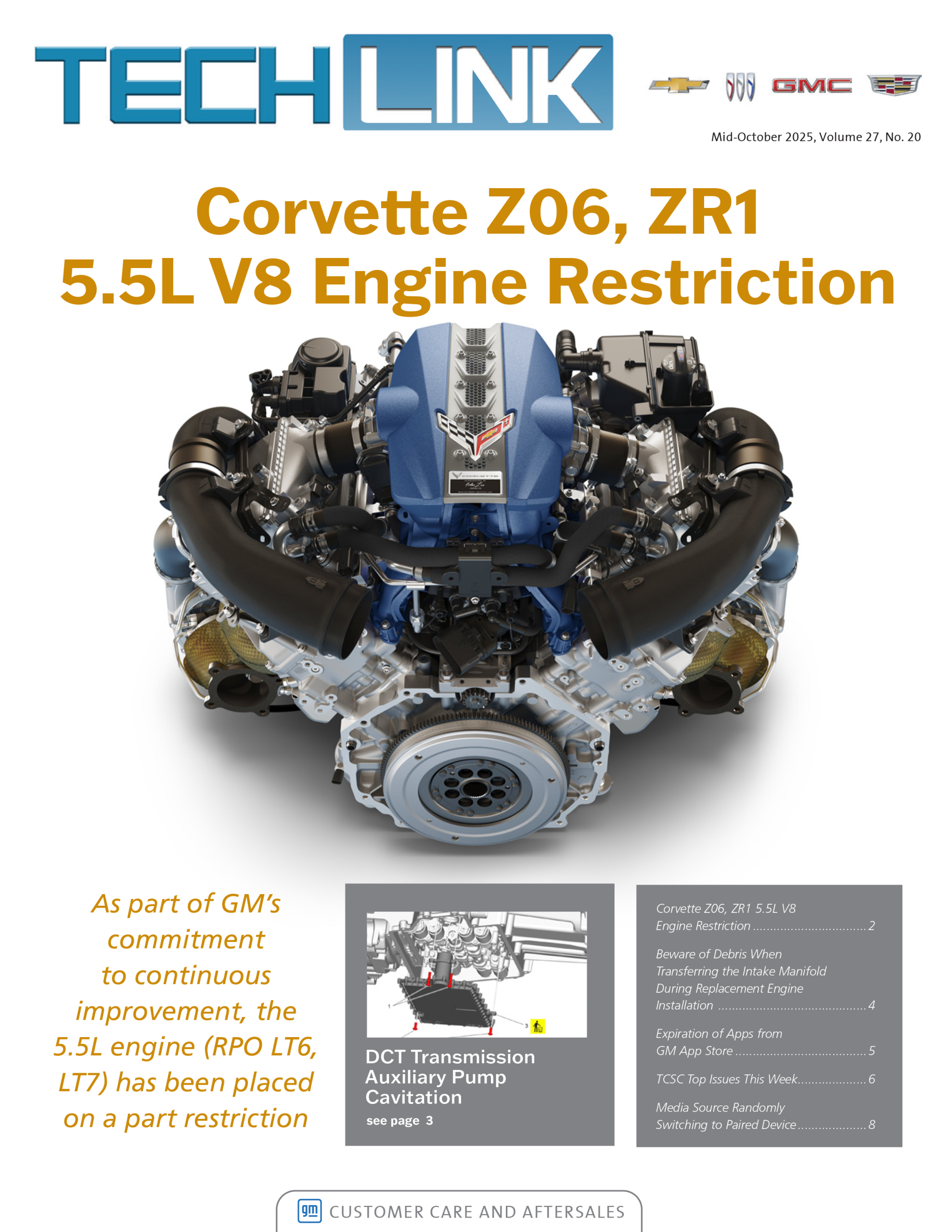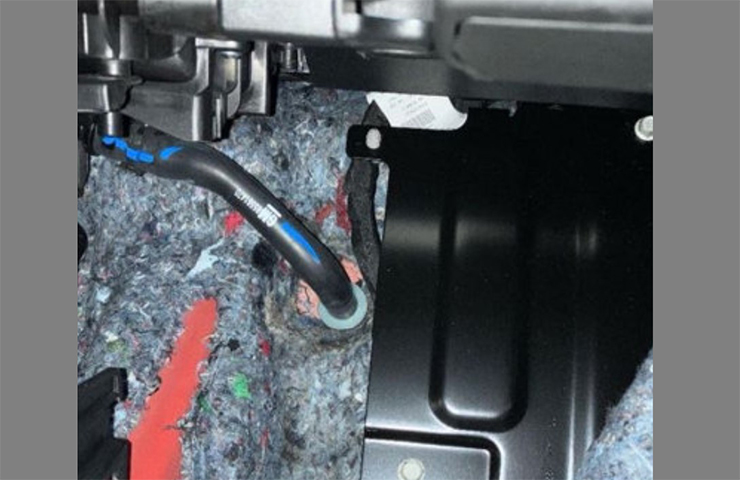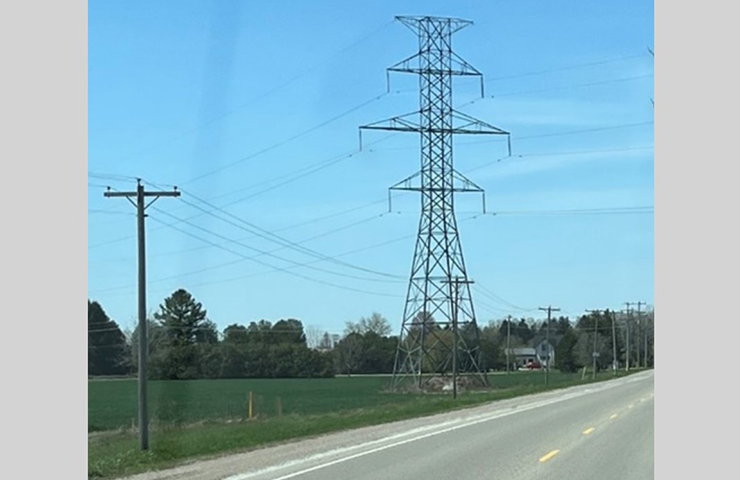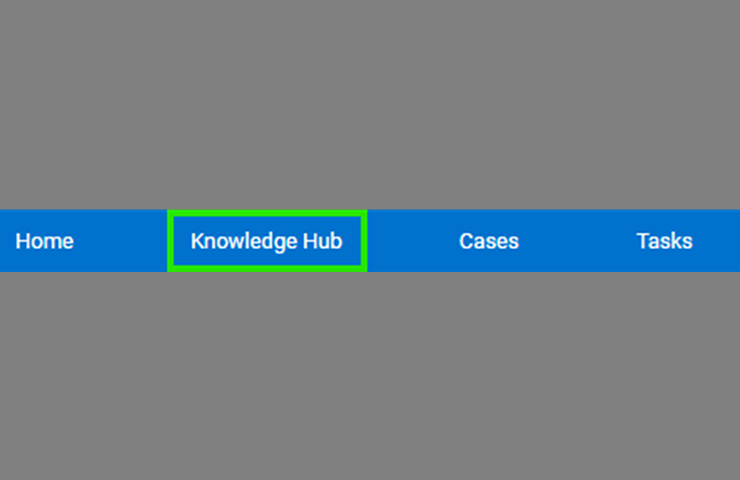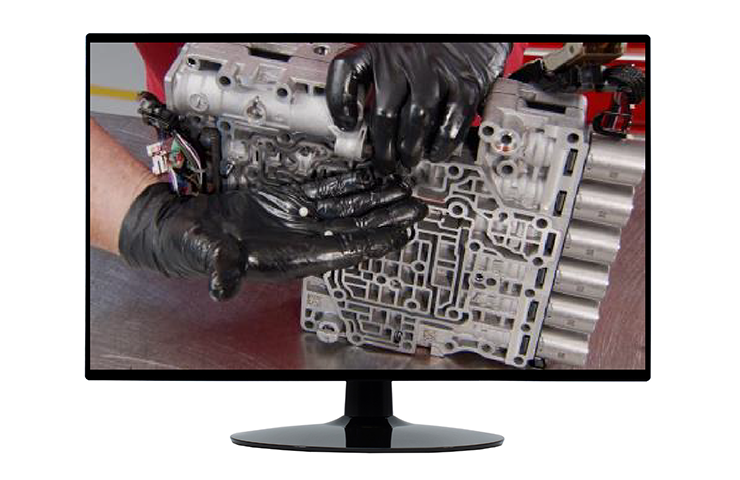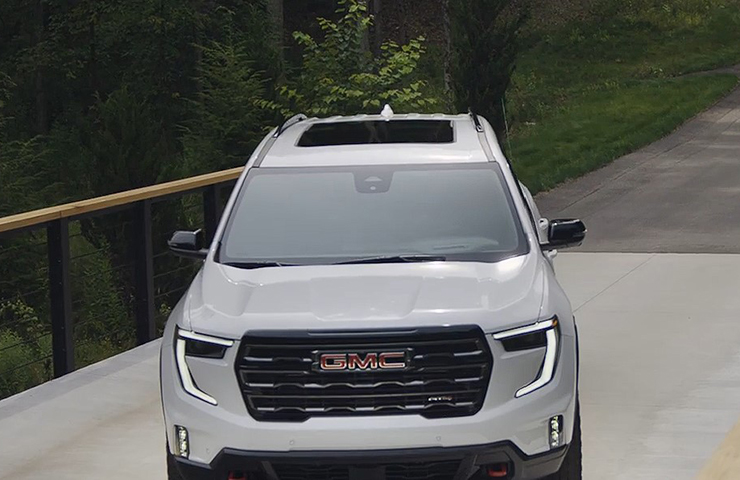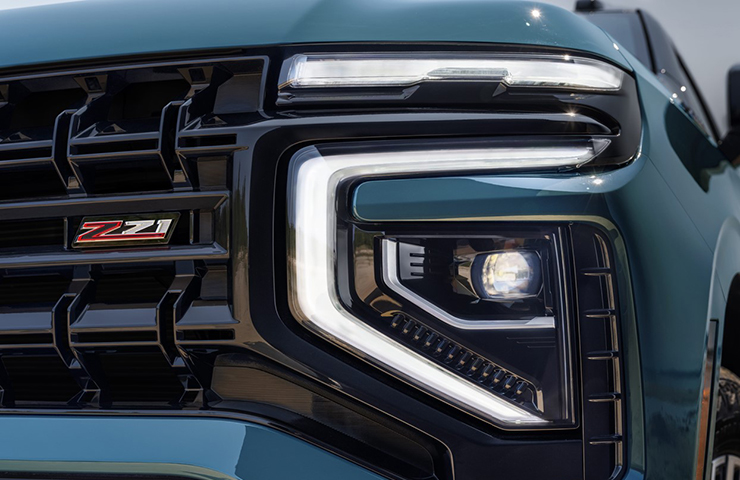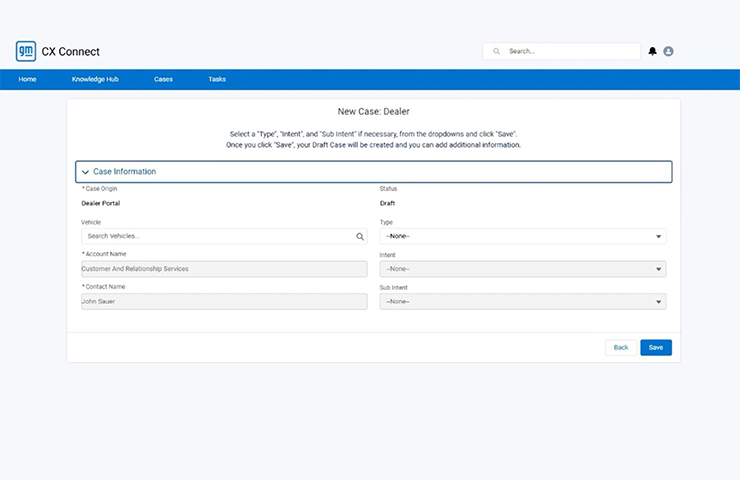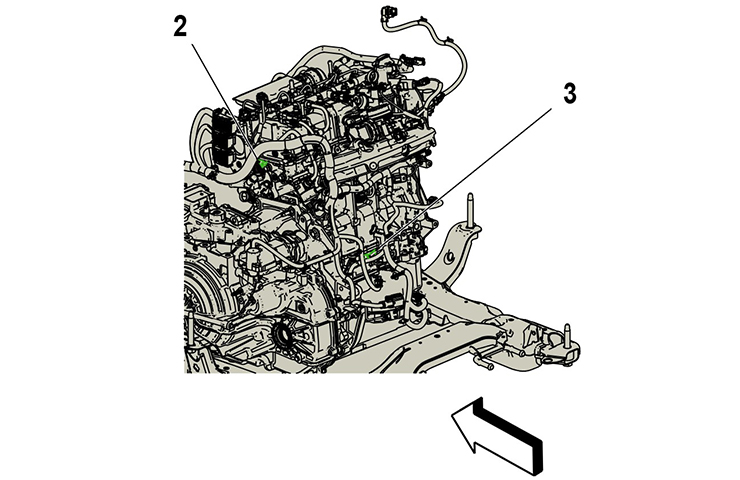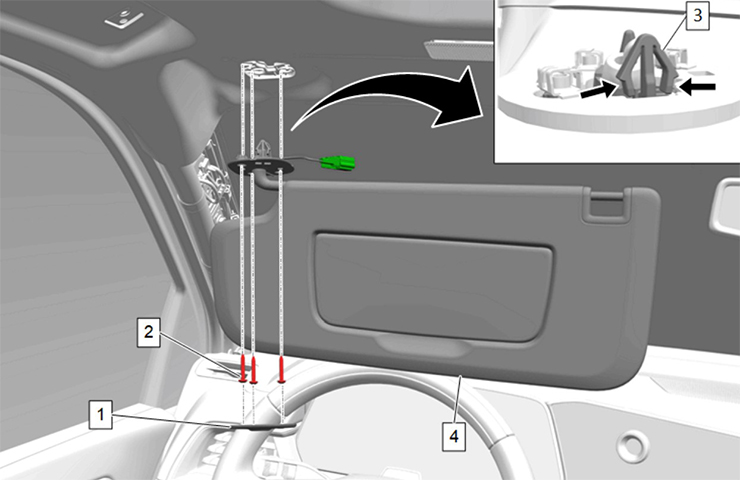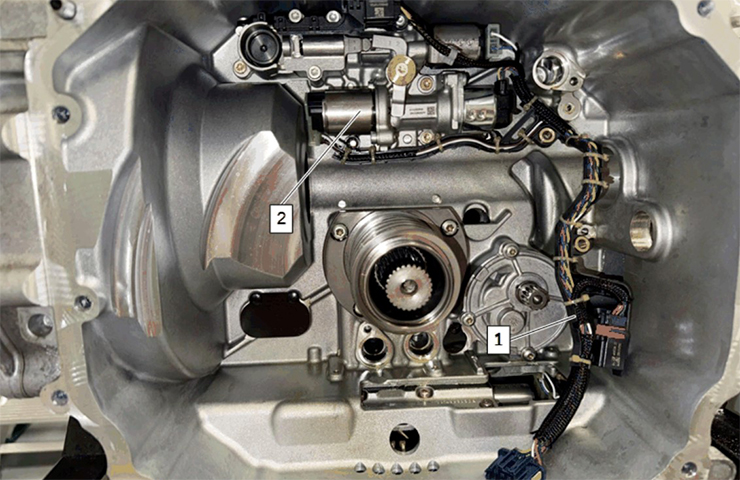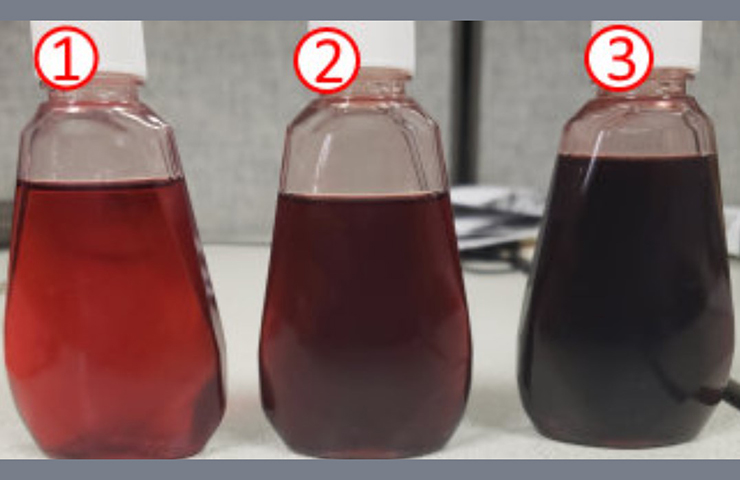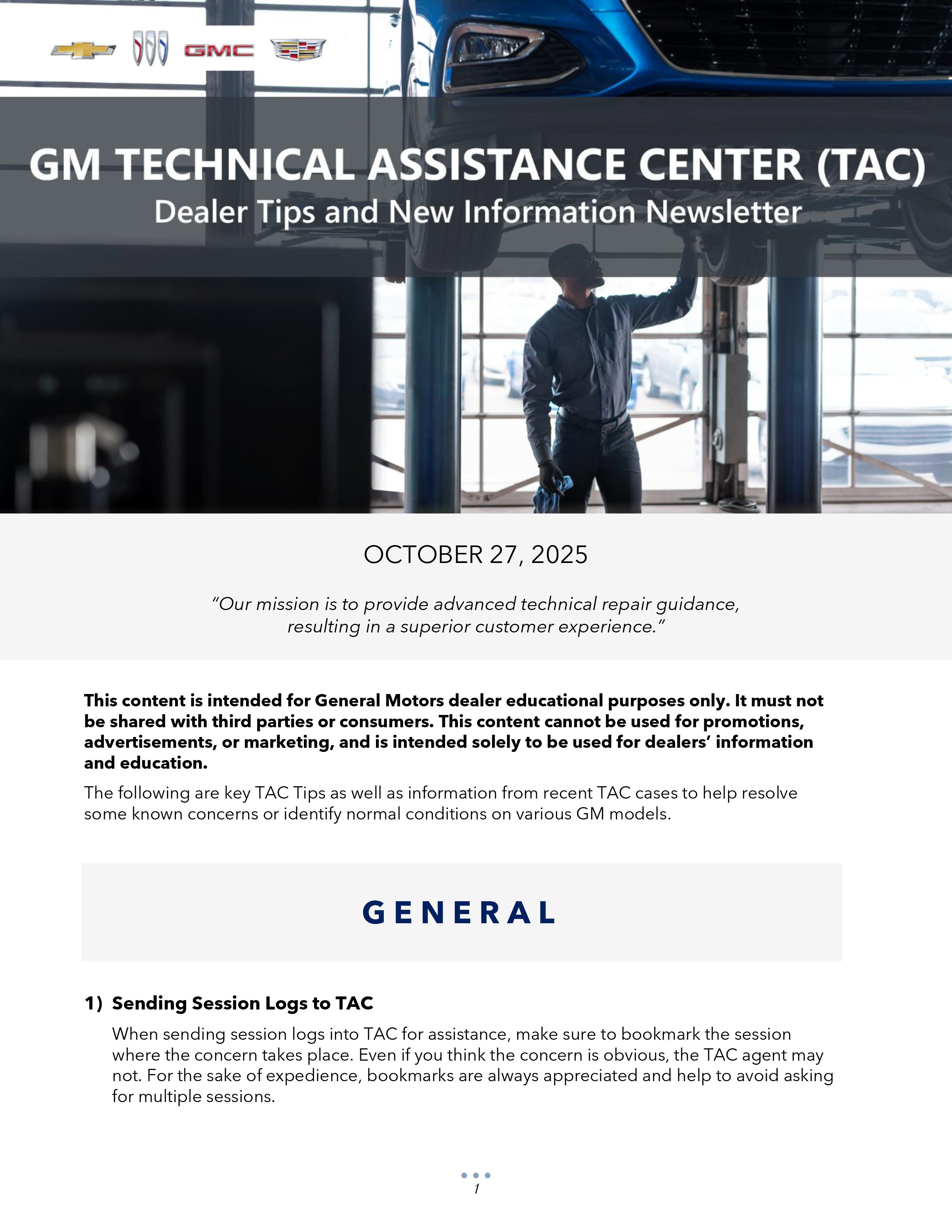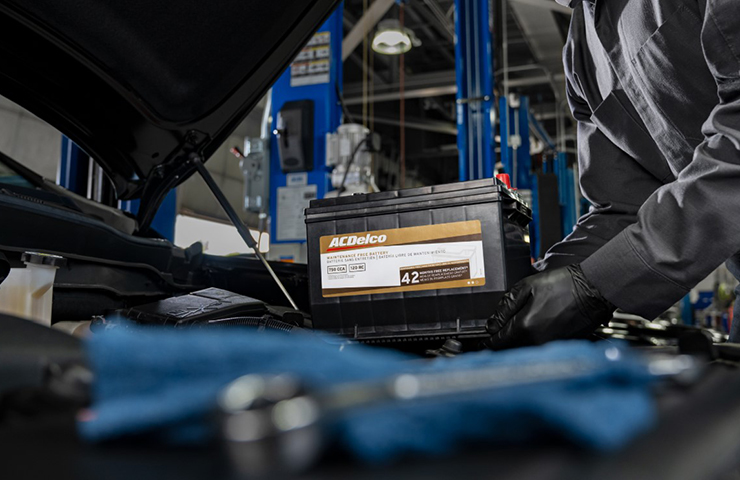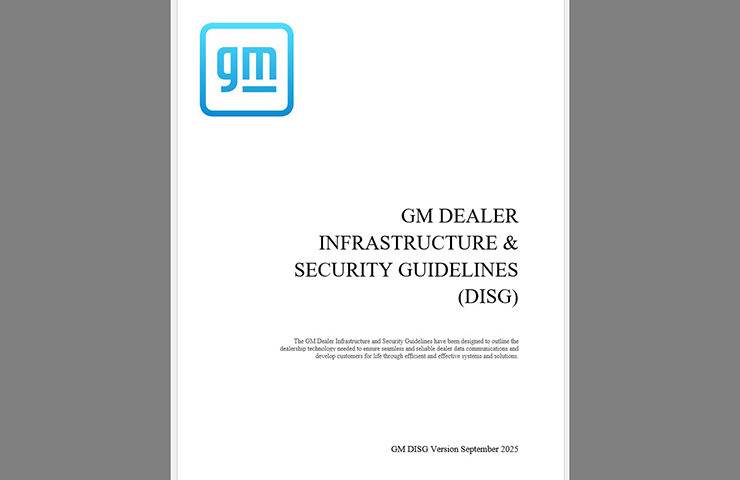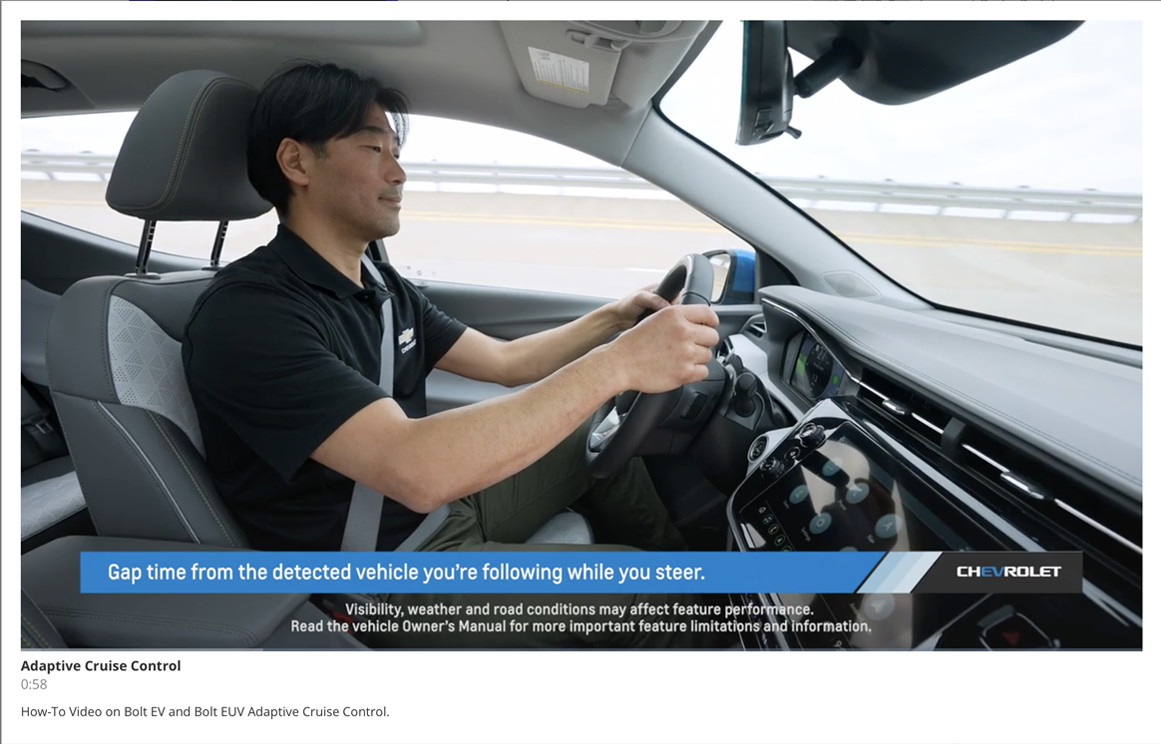The 2025-2026 ESCALADE IQ/IQL and VISTIQ feature a first-of-its-kind rear cabin heating/cooling system (RPO C69) for 3rd-row passengers. The separate HVAC system, controlled by using the Front Command Center touchscreen (Fig. 11) or available Rear Command Center touchscreen, provides a fifth climate control zone in the vehicle.
 Fig. 11
Fig. 11
The C69 system is isolated from the main cooling system on the vehicle and its only purpose is to provide rear cabin heating or cooling as requested by rear seat occupants. The system is not part of the high-voltage battery and drive unit cooling system on the EV models.
The rear heater coolant system circulates coolant through a separate loop and, using a coolant heater and coolant chiller, maintains coolant temperature to heat or cool the rear cabin. The system does not use A/C refrigerant lines or most typical A/C components.
System Operation
The system includes the G75 Rear Passenger Compartment Coolant Pump, which circulates the coolant in the Rear Heater Coolant System loop (Fig. 12, purple lines as shown) to maintain optimum operating temperature for rear cabin heating. The K16 Battery Energy Control Module (BECM) determines and controls the optimum speed that the coolant pump needs to operate to maintain coolant temperature and coolant flow.
 Fig. 12
Fig. 12
The Battery Energy Control Module monitors the coolant temperature with the B388H Hybrid/Propulsion System Coolant Temperature Sensor 7 (Chiller output) and B388H Hybrid/Propulsion System Coolant Temperature Sensor 8 (Electric Vehicle Coolant 2 Heater input).
The coolant is circulated by the Rear Passenger Compartment Coolant Pump into the Drive Motor Battery Coolant Cooler. The coolant flows in and out of the Drive Motor Battery Coolant Cooler (chiller 2) and into the rear heater core. The coolant exits the heater core and returns to the surge tank (reservoir at the front of the vehicle), and then flows into the inlet of the Rear Passenger Compartment Coolant Pump. (Fig. 13)
 Fig. 13
Fig. 13
Working together with the Vehicle Coolant Heater 2 and the Drive Motor Battery Coolant Cooler 2, the Battery Energy Control Module controls the on and off time to maintain the coolant temperature.
Coolant Level
The rear HVAC system includes a separate rear coolant system, which means there are two coolant reservoirs located under the hood; one is the coolant reservoir for the Rechargeable Energy Storage System (RESS) — for heating and cooling of the HV battery, drive units and power electronics — and the other is for the rear HVAC system. (Fig. 14, VISTIQ shown)
 Fig. 14
Fig. 14
Both systems use pre-mixed DEX-COOL®, which is a 50/50 mixture of DEX-COOL and de-ionized water.
Since the two cooling systems are isolated from each other, if the 3rd-row auxiliary coolant bottle is low, any potential leak cannot be associated with the high-voltage propulsion system. (Fig. 15, ESCALADE IQ RESS coolant reservoir (A) and 3rd-row HVAC system reservoir (B) shown)
 Fig. 15
Fig. 15
Purging the System
When servicing the rear HVAC system, use GDS2 to run the pump to purge the system of air after filling it. This is a critical function that must be done to remove air from the system. Be sure to follow all steps in the draining and filling procedure in the appropriate Service Information.
To purge the system, perform the Rear Passenger Compartment Coolant System Fill Request using GDS2. Listen for water pump activation and movement of the control valves while monitoring the coolant level in the surge tank. Add coolant as necessary to maintain the fluid level at the cold fill line.
After the process is completed, fill the surge tank to the cold fill line and wait two minutes. Next, disconnect the negative battery cable, wait three minutes and reconnect the cable.
Repeat these steps to ensure the cooling system has been adequately filled and then use GDS2 to perform the Rear Passenger Compartment Coolant System Test. The test will check that the system is operating properly.
For more information, refer to the component information in the Hybrid/EV System Heating and Cooling section in the appropriate Service Information.
– Thanks to Mark Shearer and Kayla Battaglia

